The concrete canoe will be created using a female mold. The canoe hull types considered were the flat bottom, shallow arch, tumblehome, and the "V" shaped hull. To decide upon which would be the best design for the intended purpose of having a maneuverable canoe with various loading scenarios, categories such as maneuverability, complexity of design, and speed of canoe during racing were considered. Though the "V" shaped hull had the most maneuverability, the shallow arch design was facored due to the rankings in complexity of design and the overall potential speed component.
 Back to top
Back to top
The final construction plans for the 2021-2022 concrete canoe includes details such as dimensions of the canoe, and will provide different views and cross-section views of the canoe
The main goal of the hull design was to provide a maneuverable canoe that could stay competitive with a moderatly heavy mix design. The following image shows the final design of the hull, where the length of the canoe is 217 in, almost 18 ft.

zThe table below summarizes dimensions of the hull. Most imporatantly to note is that the thickness of the walls of the canoe is 0.5 in and the weight is about 232 pounds.
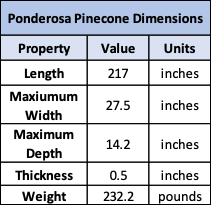
The photo below to the right shows the isometric view of the canoe, as designed in MaxSurf. The image on the right is an example of a cross-section of the mold used to pour the cement into.
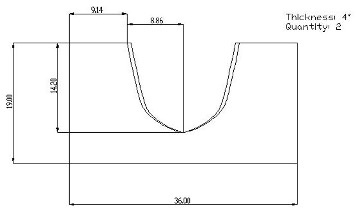

The canoe was analyzed according to the loading scernarios required by the Committee on the Concrete Canoe Competition. The loadings were a two-person loading with woman paddlers, a two-person loading with men paddlers, and a co-ed four-person loading. The two-person loading with woman paddlers was assumed to be at 2.7 ft and 15.3 ft from the end, at 150 lbs. The two-person loading with man paddlers was assumed to be at 2.7 ft and 15.4 ft from the end, at 185 lbs. The four-person with co-ed paddlers is assumed to have two women at 2.7 feet and 15.3 ft with a weight of 150 lbs each, and two men at 6.3 ft and 11.7 ft with a weight of 185 lbs each. The table below summarizes the moments applied upon the canoe at each loading scenario. The two graphs show the shear and moment of each loading scenario upon the canoe, respectively.

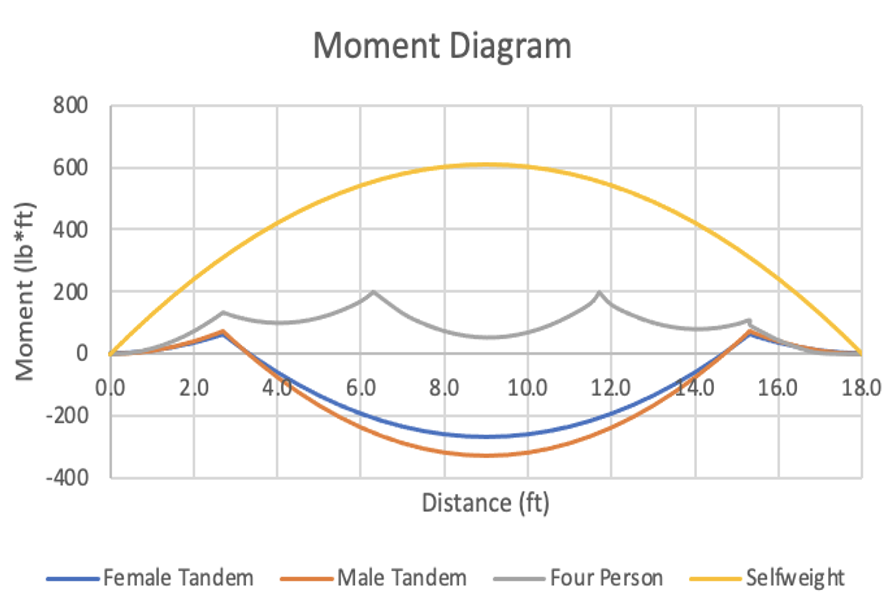
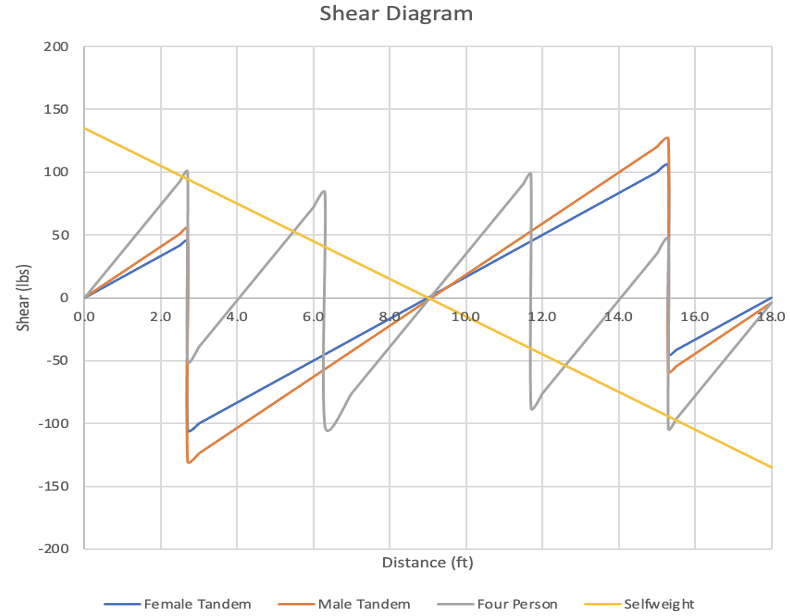 Back to top
Back to top
The table below shows the properties of the final mix design. Important features include that the dry density of the canoe is 74 pcf, the compressive strenght is 1,190 psi, and the tesnile strength is 180 psi.
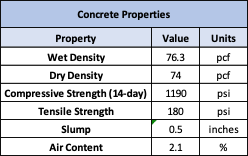
Cementitious Materials
- Type I Portland Cement --> primary reactant
- Silica Fume --> increases compaction of mix
- Class-C Fly Ash --> assists in cohesion
Aggregates
- UL-FGA --> lightweight and strong
- Expanded Perlite --> ultra-lightweight
- Utelite --> ASTM C330 compliant aggregate
- Recycled Concrete Canoe --> recycled aggregate
Admixtures
- MasterGlenium® 7500 --> high-range water reducer
- MasterSet® DELVO --> retarder, increases workability life
- MasterLife® SRE-35 --> reduces shrinkage and cracking
S
econdary Reinforcement
- PVA-15 8mm Reinforcing Fibers --> adds signifcant strength and reduces shrinkage
The image below shows an example of a cylinder that has been broken for testing

created with
Offline Website Builder Software .